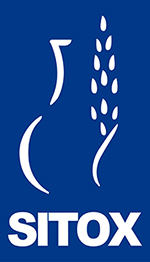Error risk in the decision making process

Submitted: 18 November 2013
Accepted: 15 January 2014
Published: 8 May 2014
Accepted: 15 January 2014
Abstract Views: 1161
PDF: 771
Publisher's note
All claims expressed in this article are solely those of the authors and do not necessarily represent those of their affiliated organizations, or those of the publisher, the editors and the reviewers. Any product that may be evaluated in this article or claim that may be made by its manufacturer is not guaranteed or endorsed by the publisher.
All claims expressed in this article are solely those of the authors and do not necessarily represent those of their affiliated organizations, or those of the publisher, the editors and the reviewers. Any product that may be evaluated in this article or claim that may be made by its manufacturer is not guaranteed or endorsed by the publisher.

 https://doi.org/10.4081/ecj.2014.2119
https://doi.org/10.4081/ecj.2014.2119








